11 min to read
How Forests Play a Vital Role in Maintaining the Balance of Nature
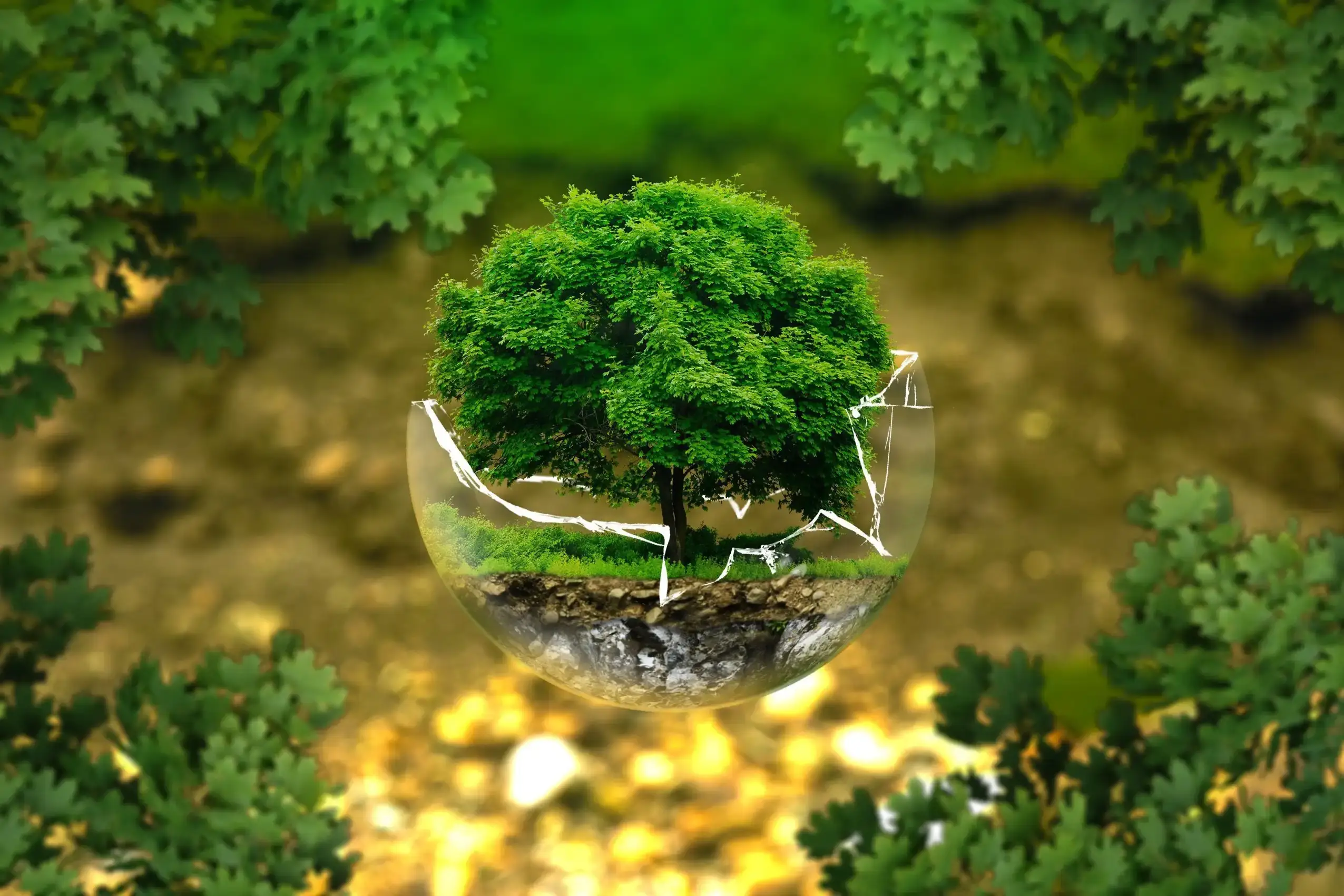
Imagine, a person without lungs. The same is the case with the planet. A planet without forests. How would it breathe? How would it live? we all know the answer. It would die.
In this blog post, we will discuss the importance of forests, the threats to forests, and the solutions to the threats.
Table of Contents
- Table of Contents
- What are Forests?
- Importance of the Forests for the Planet
- Current Forest Cover
- What are the Threats to Forests?
- What are the Solutions to the Threats?
- What is the Future of Forests?
- Conclusion
- Key Takeaways
- References and Further Reading
What are Forests?
Forests are the Earth’s natural air conditioners. They absorb carbon dioxide from the atmosphere, which is a greenhouse gas that traps heat. When forests release oxygen, they help to cool the planet. This is the opposite of what our lungs do. Our lungs take in oxygen and release carbon dioxide. They work like giant fans, blowing cool air out into the atmosphere and helps to regulate the temperature of the planet.
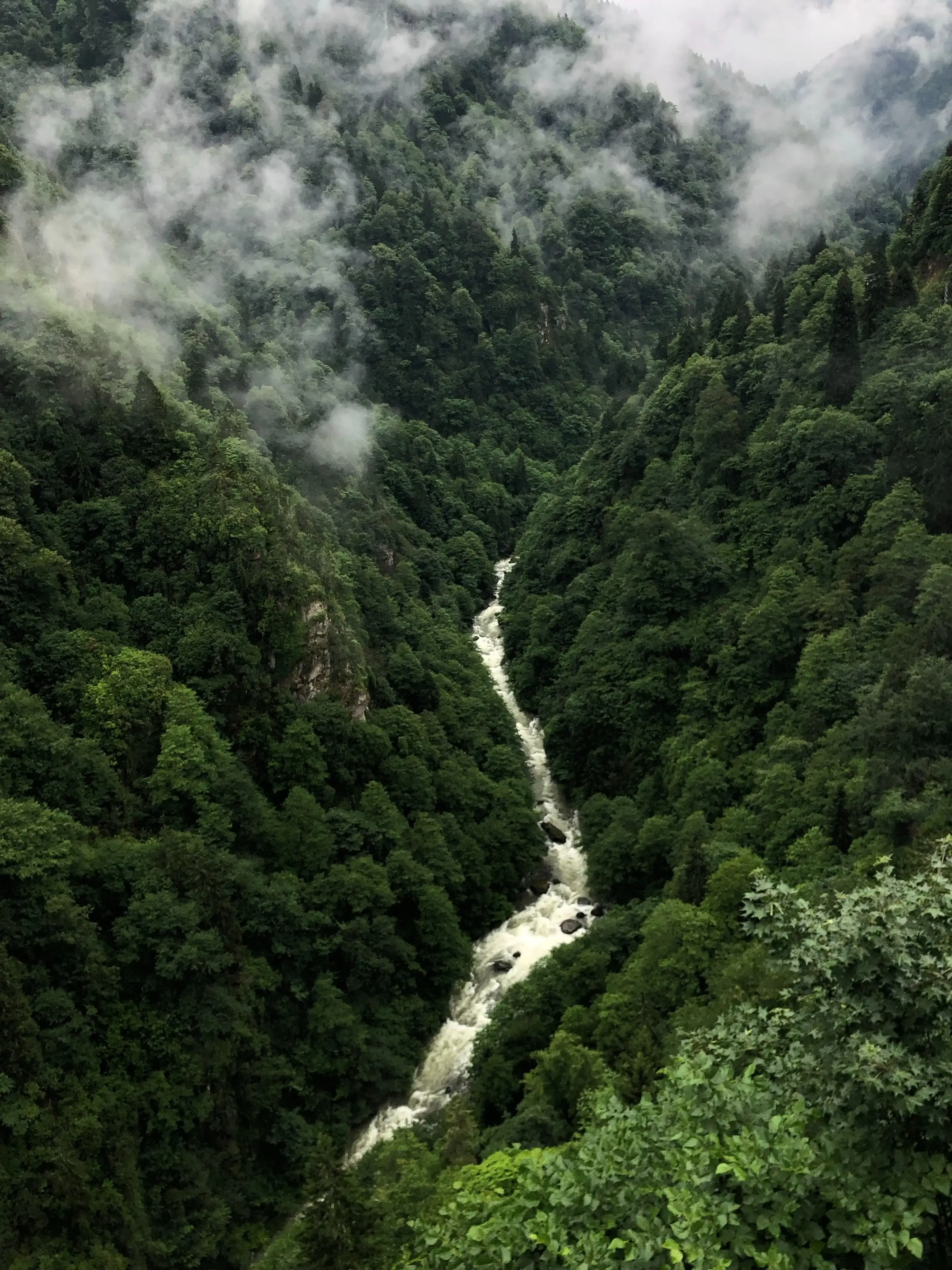
Importance of the Forests for the Planet
Forests play a crucial role on our planet, providing habitat to millions of plant and animal species and preserving the delicate ecosystem. Their significance cannot be emphasized enough as they offer numerous benefits to humans and wildlife alike, contributing to the balance and sustainability of our environment.

Photo by Matthias Heyde
Carbon Sequestration & Climate Regulation
Carbon sequestration: Carbon sequestration is the process of capturing and storing atmospheric carbon dioxide.
Forests are the largest carbon sinks on the planet. They absorb carbon dioxide from the atmosphere and keep the balance between carbon dioxide and oxygen in the atmosphere through photosynthesis and regulate the climate.
Source of Medicine
It is a well-known fact that forests are the primary source of medicine. Since ancient times, humans have been relying on the healing properties of plants and trees for medicinal purposes.
In the forests, numerous plants and trees possess medicinal properties that are utilized in creating a wide range of helpful medicines. For example, the bark of the cinchona tree is utilized in producing quinine, a medication utilized in treating malaria.

Photo by Mike Erskine
Source of Food
For thousands of years, humans have been relying on the food provided by the forests. They are rich sources of fruits, nuts, vegetables, and mushrooms that we eat every day. In fact, many of the foods we eat today are derived from plants that originated in the forests and animals also rely on the food provided by the forests.
Source of Water
More than half of the drinking water in the US comes from forests.source
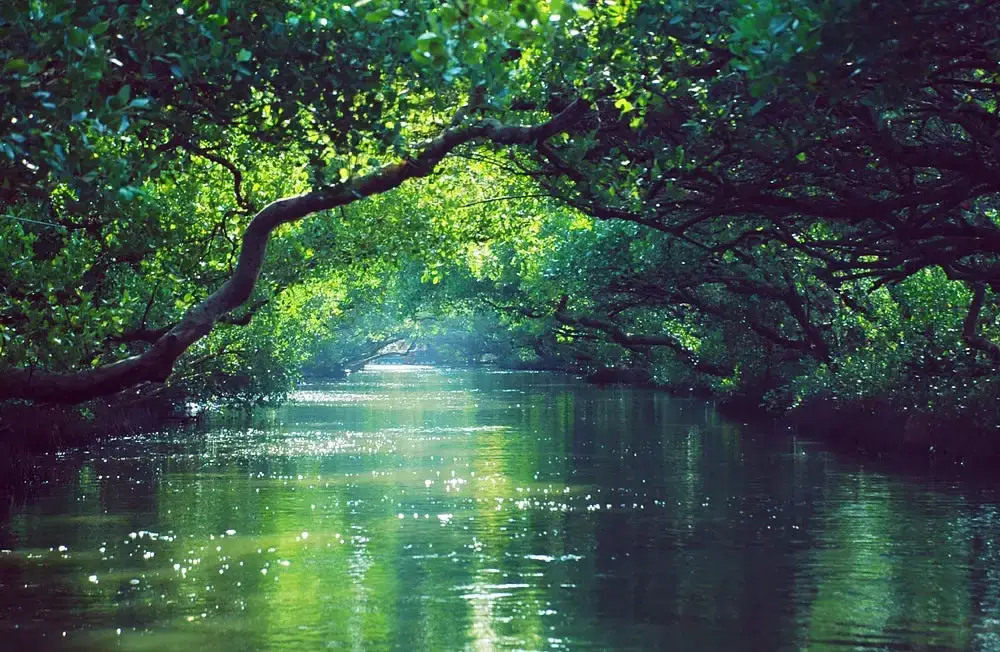
Photo by Tienko Dima
The significance of forests in the water cycle cannot be overstated. Through the process of absorption, trees and plants take in water which is subsequently released into the atmosphere through transpiration. The condensed water forms clouds, eventually resulting in precipitation that returns to the earth as rainfall. It is evident that forests are a crucial source of water, and their importance cannot be ignored.
Soil Conservation
The presence of forests in an ecosystem plays a crucial role in preventing soil erosion. The intricate network of roots of the trees in the forests helps bind the soil particles together, making it more difficult for them to be carried away by water. Furthermore, the roots act as a natural barrier, slowing down the movement of water and reducing the likelihood of landslides and floods. Apart from preventing soil erosion, forests also play a significant role in maintaining soil fertility by providing essential nutrients to the soil through the decomposition of organic matter.
Source of Wood and Other Resources
The wood from trees is used to produce a wide range of products, including paper, furniture, and building materials. The paper industry alone consumes millions of tons of wood every year. Furniture made from wood is not only aesthetically pleasing but is also durable and long-lasting. Additionally, wood is used in construction for its strength and versatility.
Apart from wood, forests offer a rich source of other resources. Resins obtained from trees are used in the production of adhesives, varnishes, and coatings. Oils extracted from trees are used in perfumes, cosmetics, and even medicines. Rubber, which is essential in the production of tires, is also obtained from trees.
Source of Energy
Bioenergy is a highly beneficial and eco-friendly form of renewable energy. It is derived from the organic matter present in plants, which makes it a clean and sustainable source of power. The primary source of bioenergy is forests, where the trees’ wood is utilized to produce this type of energy. This process is incredibly efficient and has a minimal impact on the environment, making bioenergy an excellent option for the future.Source
Recreation and Tourism
Forests are a great place for recreation and tourism. They provide a peaceful environment for people to relax, enjoy nature from a different perspective and unleash their creativity. They also offer a wide range of activities such as hiking, camping, and bird-watching wildlife safaris.
Additionally, forests provide an outstanding platform for individuals to gain knowledge about the environment and wildlife.

Photo by Elizeu Dias
Noise Reduction
In urban areas where noise pollution is a constant issue, forests offer a natural solution to reduce sound levels. These lush green spaces are known to absorb sound waves, providing a much-needed respite from the clamour of daily life. The ability of forests to mitigate noise pollution makes them an essential resource for those seeking a peaceful environment amidst the hustle and bustle of city living.
Current Forest Cover
Currently, nearly one-third of the world’s land area is covered by forests which is nearly 4.06 billion hectares. Russia, Brazil, Canada, USA, China, Australia, Congo, Indonesia, Peru, and India are the top 10 countries with the largest forest area. Here is the list of the top 10 ranked countries with the largest forest area.
| Rank | Country | Forest Area (sq. km) |
|---|---|---|
| 1 | Russia | 8,148,895 |
| 2 | Brazil | 4,925,540 |
| 3 | Canada | 3,470,224 |
| 4 | USA | 3,103,700 |
| 5 | China | 2,098,635 |
| 6 | Congo | 1,522,665 |
| 7 | Australia | 1,250,590 |
| 8 | Indonesia | 903,256 |
| 9 | Peru | 738,054 |
| 10 | India | 708,604 |
What are the Threats to Forests?
Deforestation
Deforestation, the removal of trees from forests, is the biggest threat to forests. People cut down trees for various reasons like agriculture, urbanization, mining, etc which leads to deforestation. Cutting down the forest at an alarming rate is leading to a loss of biodiversity and loss of ecosystem services.
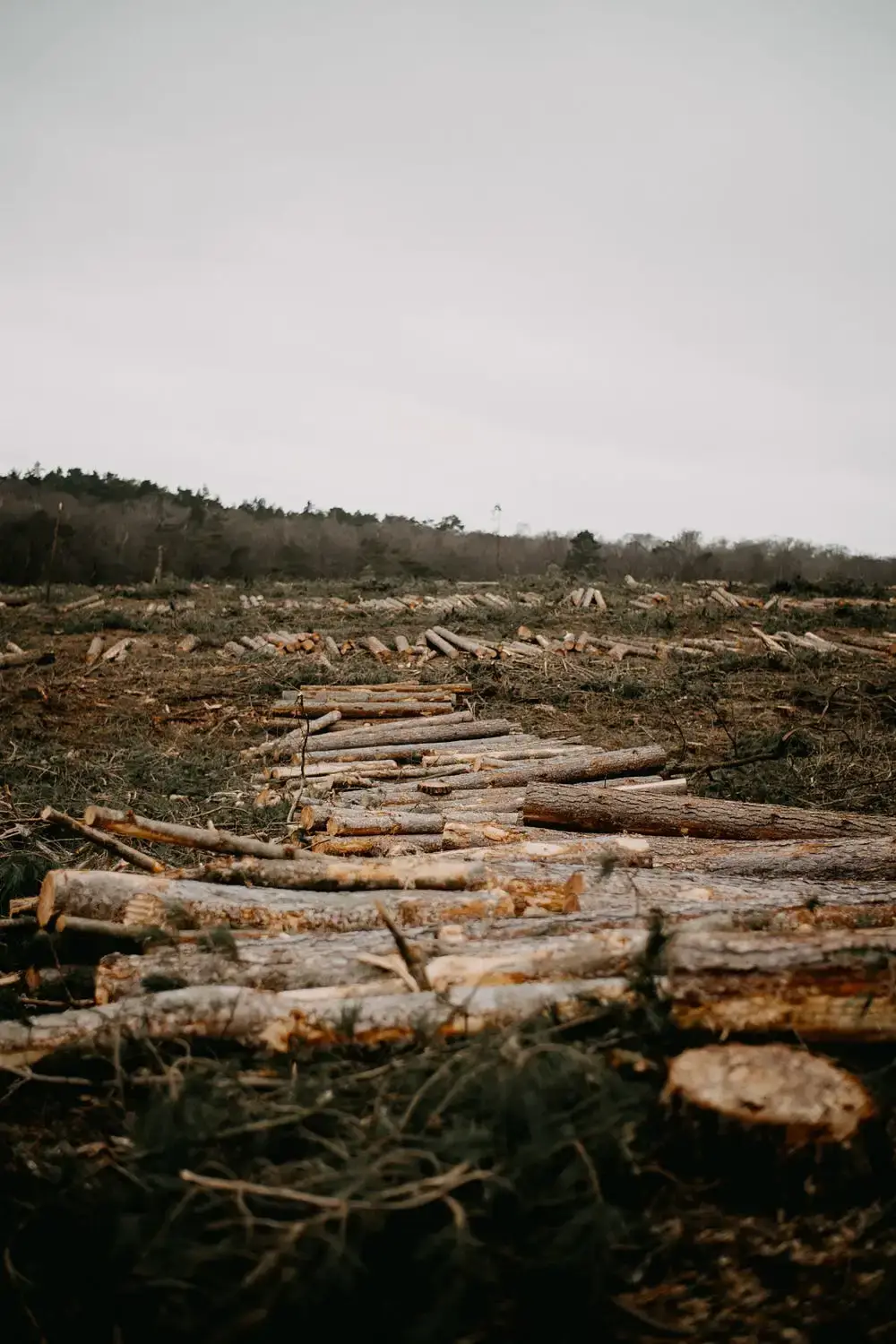
Photo by Annie Spratt
Forest Fragmentation
Forest fragmentation is the breaking up of large continuous forests into smaller patches of forests. This is caused by human activities like agriculture, urbanization, mining, etc. Fragmentation of forests leads to loss of biodiversity and loss of ecosystem services, wildlife habitat, etc.
Wildlife animals, like Elephants, Tigers, etc, need large continuous forests to survive. Fragmentation of forests leads to loss of habitat for these animals.
Natural Disasters
Natural disasters like forest fires, floods, landslides, etc are also a threat to forests. in 2019, Australia faced the worst forest fires in its history.
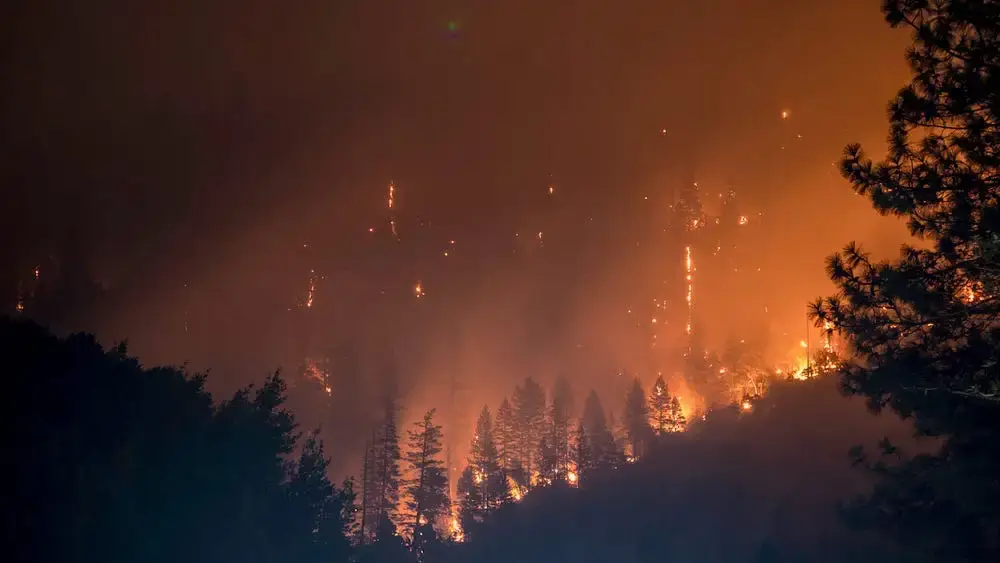
Photo by Matt Howard
Climate Change
Climate change is also one of the biggest threats to the forests, It is caused by the increase in the concentration of greenhouse gases in the atmosphere which leads to deforestation, forest fires, etc.
Plants need a specific temperature to grow. An increase in temperature due to climate change will affect the growth of plants and trees.
Wildlife Poaching
Wildlife and forest are interdependent. Wildlife animals need forests to survive. Forests need wildlife animals to maintain the ecosystem.
Because of Wildlife poaching many wildlife animals are on the verge of extinction like Tigers, Elephants, etc which is a threat to the forests and the ecosystem.
Construction
Construction of roads and buildings in between forests is also a threat to forests and wildlife animals. It’s led to forest fragmentation, human-wildlife conflict, habitat loss, etc.
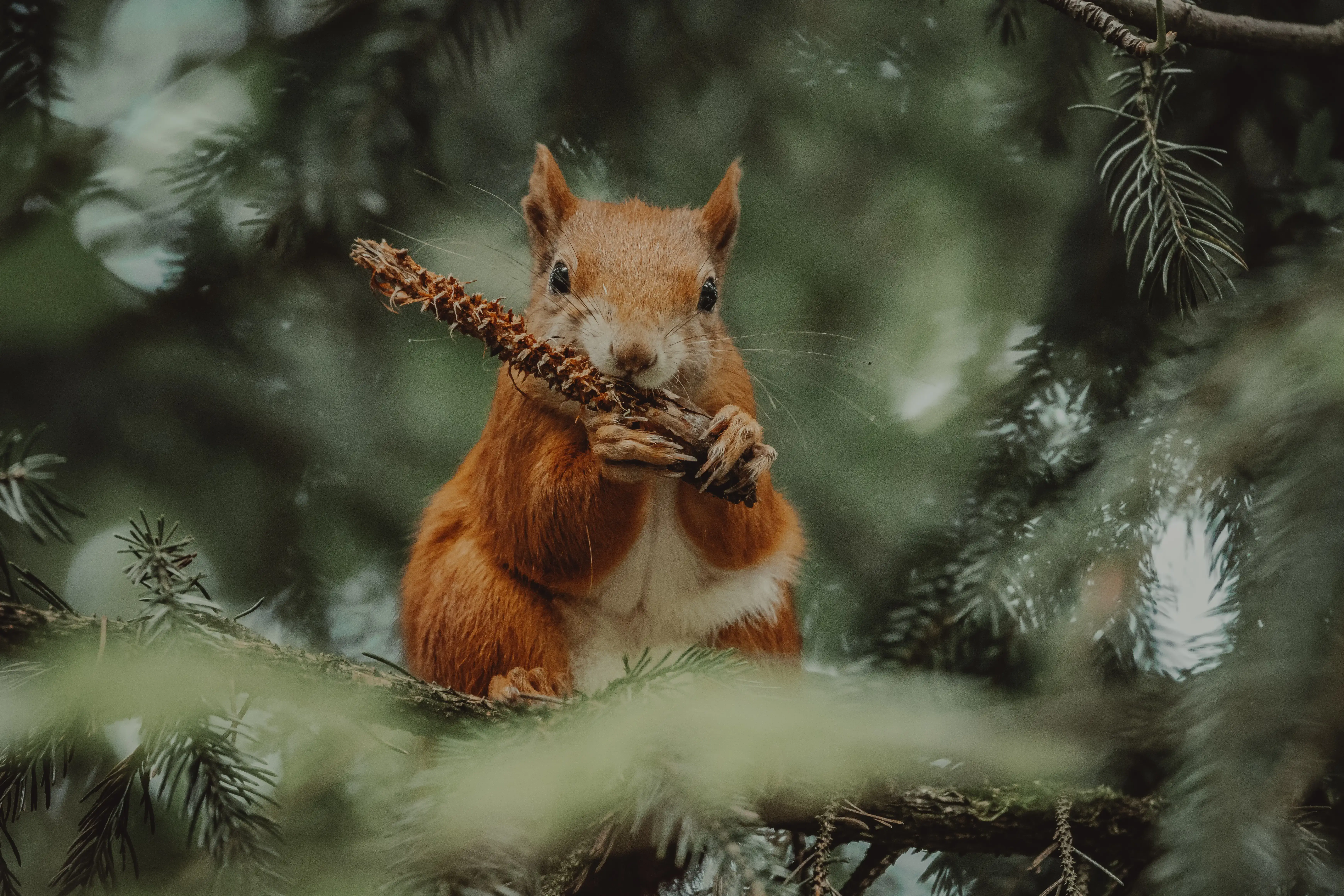
Photo by David Selbert
What are the Solutions to the Threats?
We can save the forests by taking the following steps:
Save Wildlife
Wildlife and forests are interdependent, wildlife spread seeds of plants and trees(pollination), and by saving wildlife directly we are saving forests. Animals like Elephants, primates, etc are seed dispersers. They spread seeds of life.
Planting Trees
Planting trees is the best way to save forests, Planting trees will increase the forest cover and will help in reducing the effects of climate change.
Forest Restoration
Forest certification is a process of verifying that forest products are produced sustainably. It is done by third-party organizations. Forest certification helps in reducing deforestation, illegal logging, etc.
Forest Certification
Forest certification is a process of verifying that forest products are produced sustainably. It is done by third-party organizations. Forest certification helps in reducing deforestation, illegal logging, etc.
Forest Protection
Forest protection is the process of protecting the forests from deforestation, forest fires, etc. It is done by the government, NGOs, etc.
Forest Monitoring
By monitoring the forests we can know the current status of the forests, and we can take necessary steps to save the forests. Installing AI cameras, which can detect illegal activities and disasters, like forest fires, in the forests will help in monitoring the forests.
Awareness & Education
Awareness is the key to saving the forests. By creating awareness among people about the importance of forests, illegal activities like deforestation, wildlife poaching, disasters like forest fires, etc can be reduced.
What is the Future of Forests?
The future of the forests is in our hands. Imagine a world without forests, It will lead to loss of biodiversity, loss of ecosystem services, climate change, etc.
Conclusion
Forests are the natural habitats of countless plant and animal species, as well as humans. They serve as a source of food, shelter, and other crucial resources for all. It is our duty to preserve these forests for the benefit of future generations.
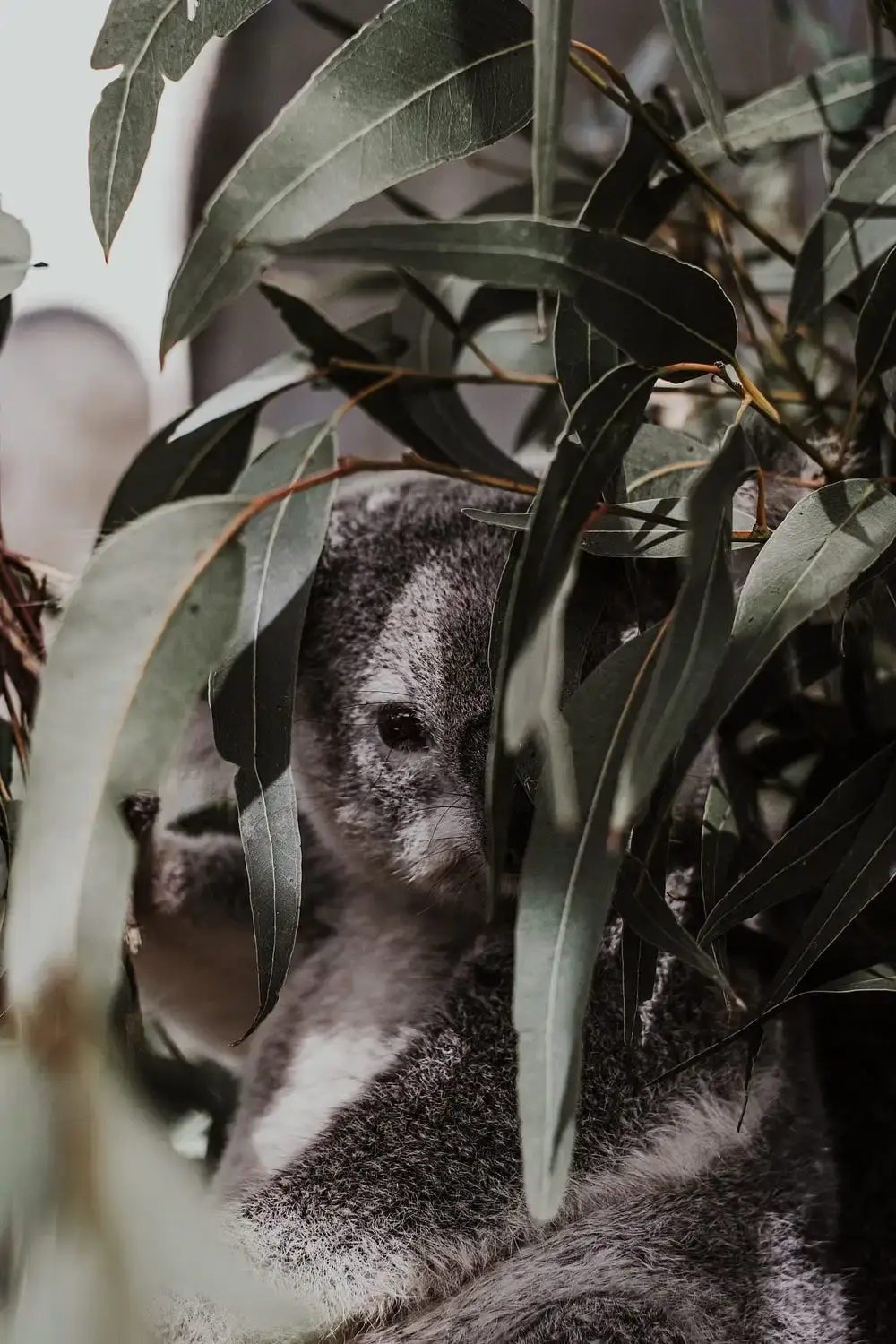
Photo by Valeriia Miller
Key Takeaways
- Forests are essential for life on Earth. They provide us with oxygen, clean water, food, and a home for many different species of plants and animals.
- Forests play a vital role in regulating the Earth’s climate. They absorb carbon dioxide from the atmosphere, which helps to mitigate climate change.
- Forests are also important for human health and well-being. They provide us with places to relax and connect with nature, which can boost our mental and physical health.
- Unfortunately, forests are being destroyed at an alarming rate. This is due to a number of factors, including deforestation, forest fires, and climate change.
- We need to take action to protect forests. We can do this by reducing our consumption of forest products, supporting sustainable forest management, and advocating for policies that protect forests.
References and Further Reading
The following are the references and further reading on the topic.
- Forest Cover Wikipedia
- Top 10 Countries With The Largest Forest Cover In The World
- Forest and food
- Forest and energy
- Forest livings water taps




Comments